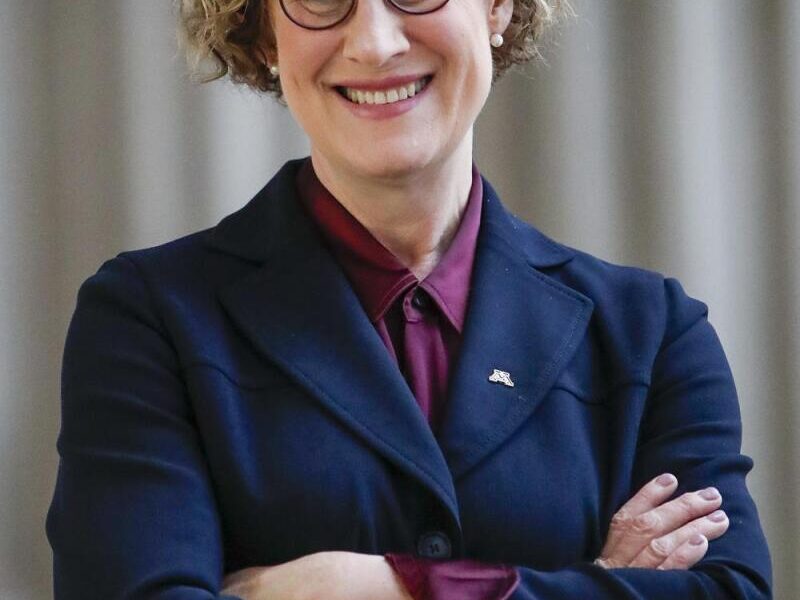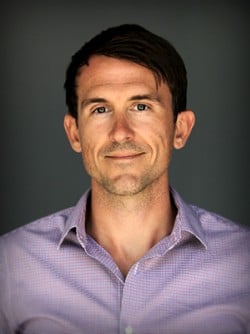On October 16, 2023, Rebecca Cunningham, President of the University of Minnesota (U of M), visited St. Cloud to emphasize the significance of the new CentraCare Regional Campus. This campus, a partnership with the U of M Medical School, has welcomed its first 24 students since August. The visit comes at a pivotal time for the medical school, which is facing uncertainties regarding its future health system partnerships.
Future Partnerships and Challenges
The U of M currently has a 30-year contract with Fairview Health Services that is set to expire in late 2026. During her visit, Cunningham stressed the importance of establishing a new partnership for the medical school’s sustainability. “Health systems come and go and they move around. We have one public medical school in Minnesota that has been around for a long time, and it needs to be around for a long time to come,” she stated in an exclusive interview with St. Cloud LIVE.
As Cunningham met with local political leaders, including Rep. Lisa Demuth and Sen. Aric Putnam, she underscored the potential impact of the contract negotiations on the St. Cloud campus. She noted, “The business model has to work, or we don’t have a St. Cloud medical school or a Duluth medical school.” Despite reports that Essentia Health had withdrawn from negotiations, Cunningham clarified that discussions are ongoing and that various options remain on the table.
Educational Goals and Community Impact
The University of Minnesota Medical School, established in 1888 and ranked as the second-best primary care institution in the United States, trains approximately 70% of Minnesota’s physicians. The St. Cloud campus aims to contribute to addressing physician shortages in rural areas, where the doctor-to-population ratio remains disproportionately low. According to CentraCare, one-third of rural physicians are expected to retire by 2027, highlighting the urgent need for new medical professionals.
By 2028, the St. Cloud campus plans to expand its enrollment to 96 students, with up to 24 graduates annually. These students will engage in hands-on training at local clinics, gaining experience in essential medical technologies. Leading the campus are Regional Dean Chris Fallert and Assistant Dean Jill Amsberry, who bring extensive experience to their roles.
Cunningham expressed her commitment to ensuring that the medical school meets the healthcare needs of both urban and rural Minnesota. “My job is to make sure we not only have physicians to see patients in the Twin Cities in 2027, but that you have physicians to see here in 2037,” she noted. She pointed out that attracting top talent and securing federal funding for clinical trials is crucial for the success of the medical school and the health of communities statewide.
As Cunningham continues her tour of Minnesota, which included stops in Morris, Willmar, and Alexandria, she remains optimistic about the future of the medical school and its role in serving underserved populations. “Ultimately, I think success is healthier rural communities,” she concluded, highlighting the broader impact of training new healthcare providers.







